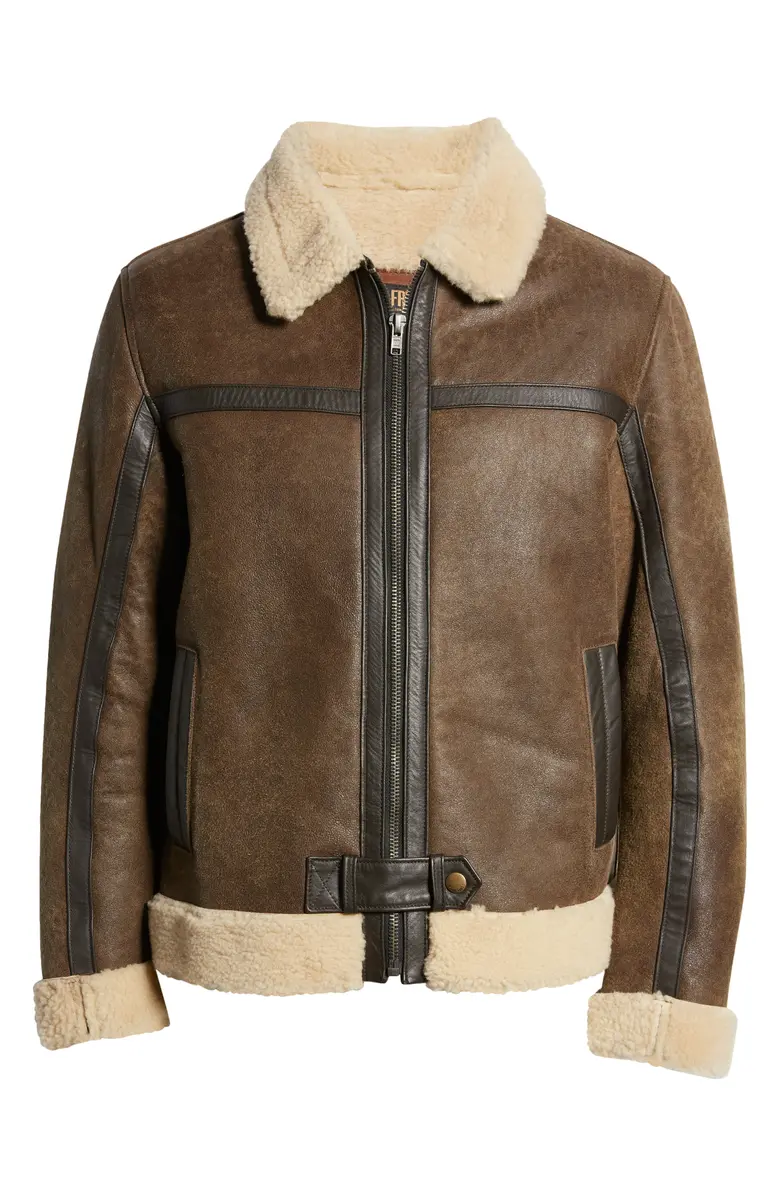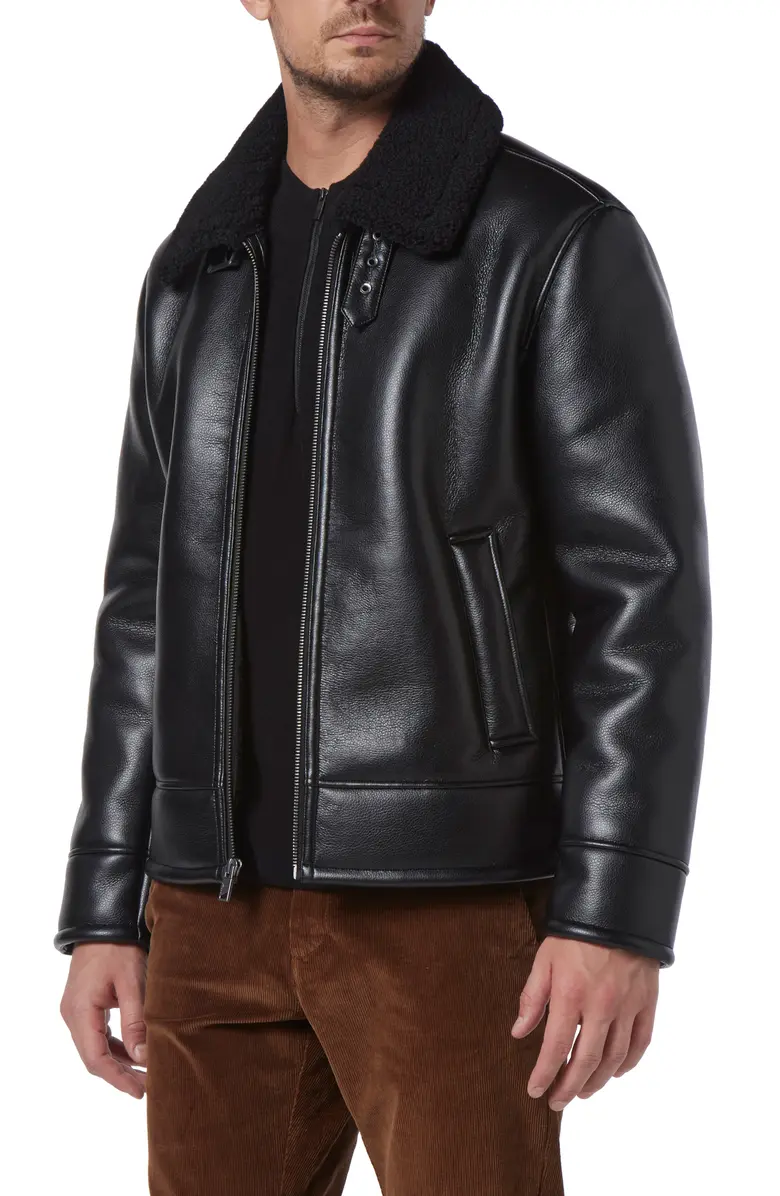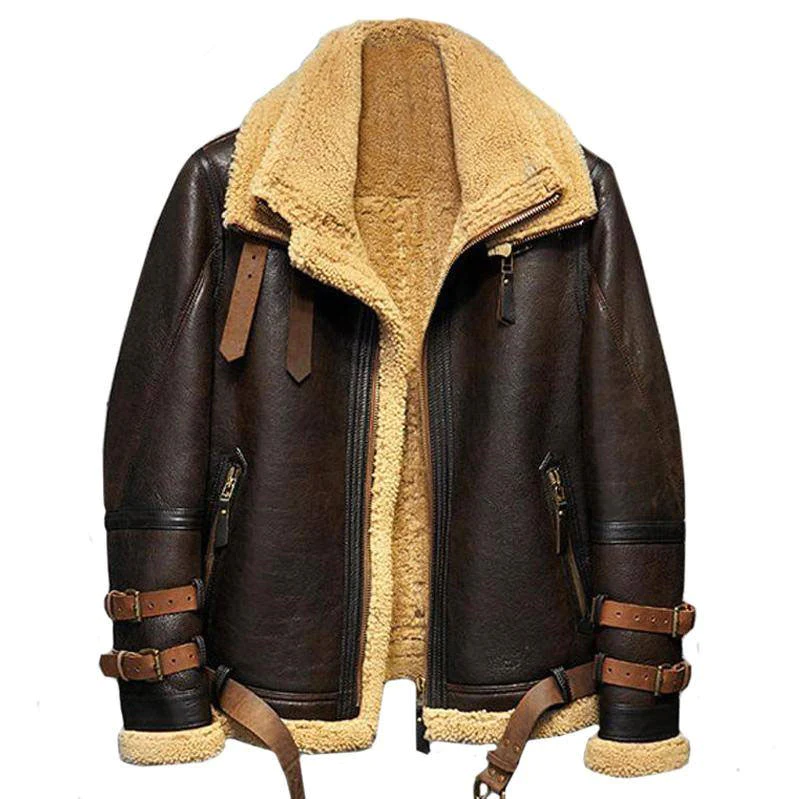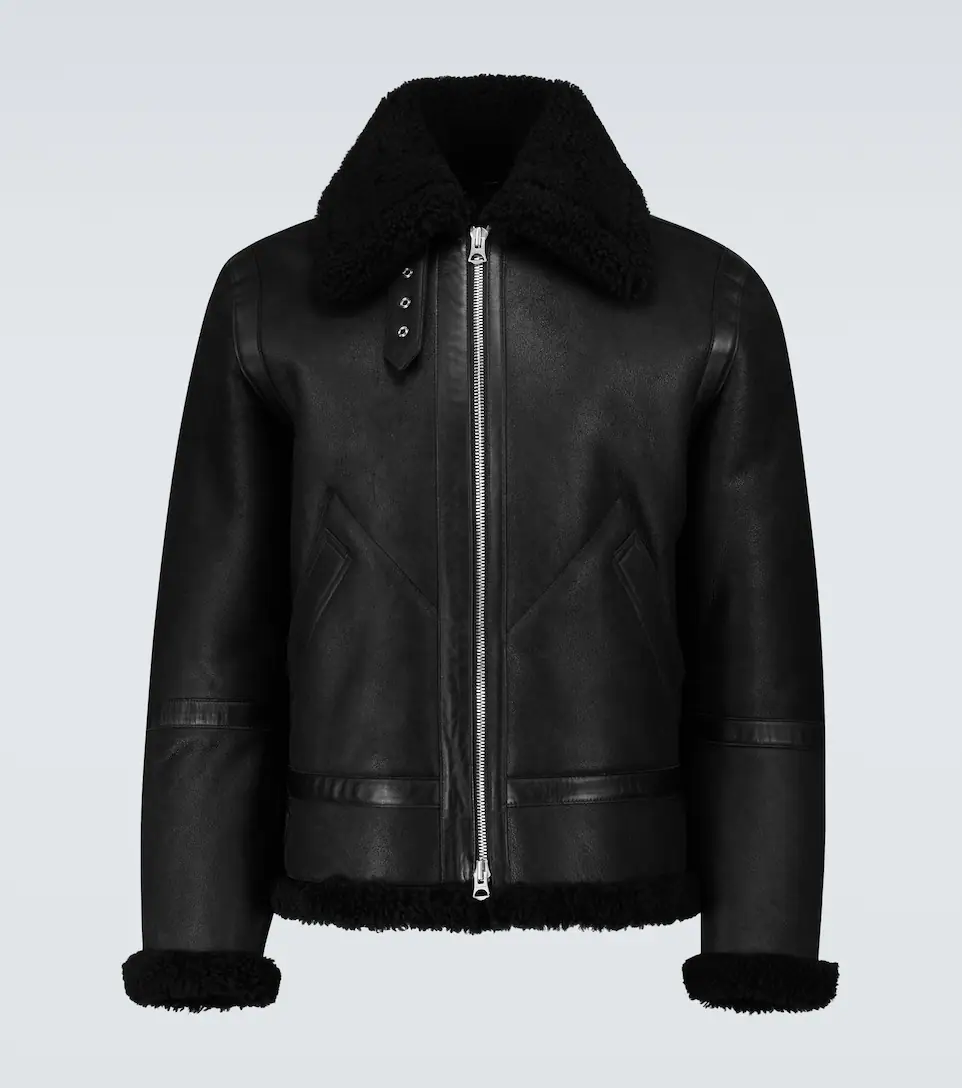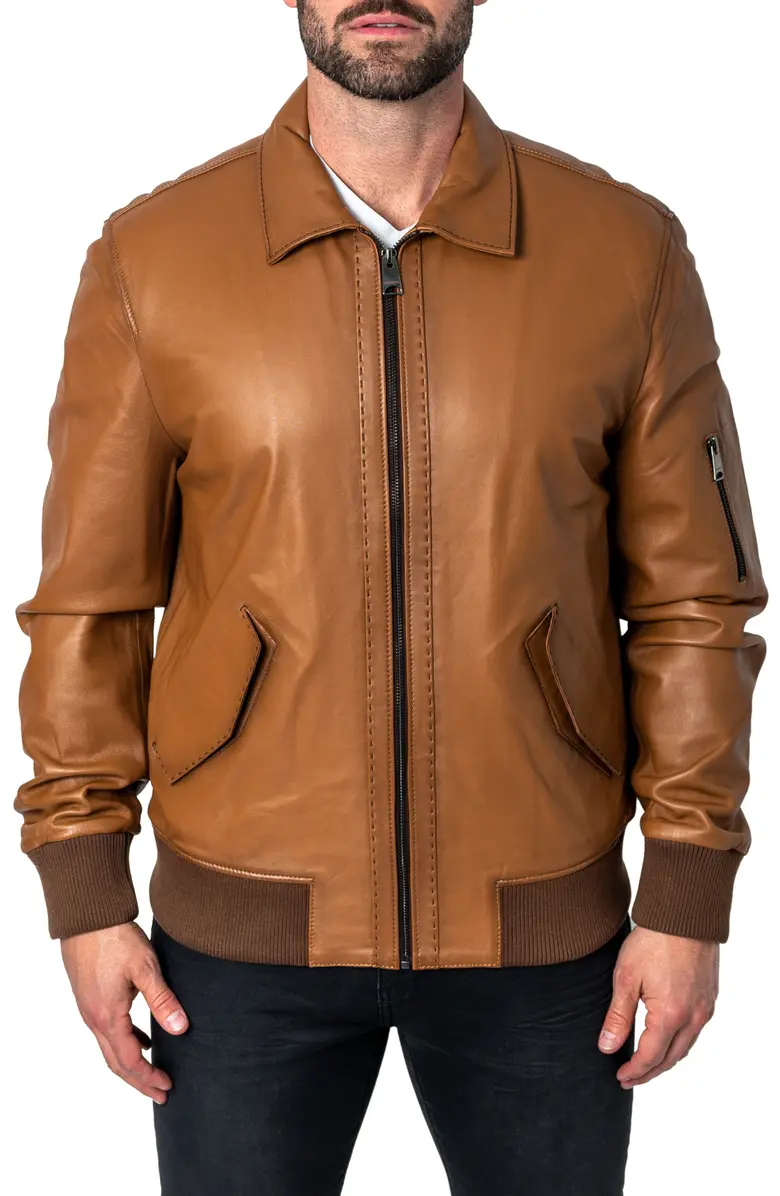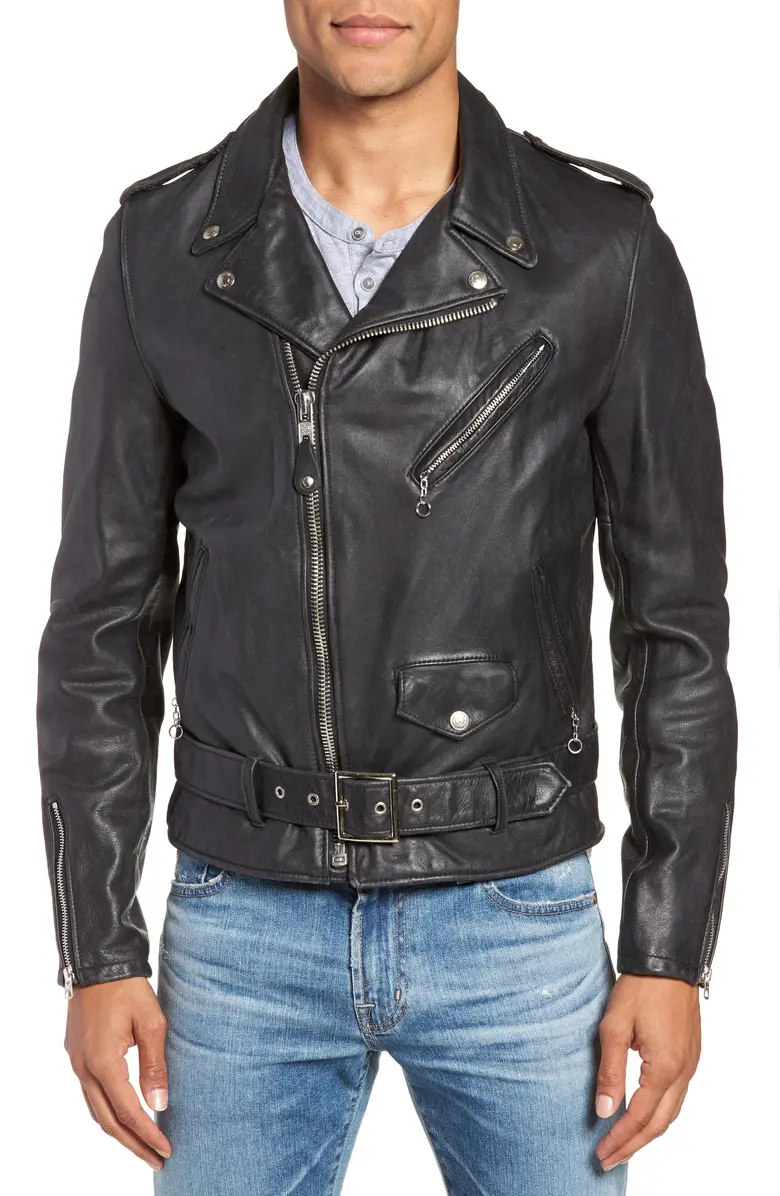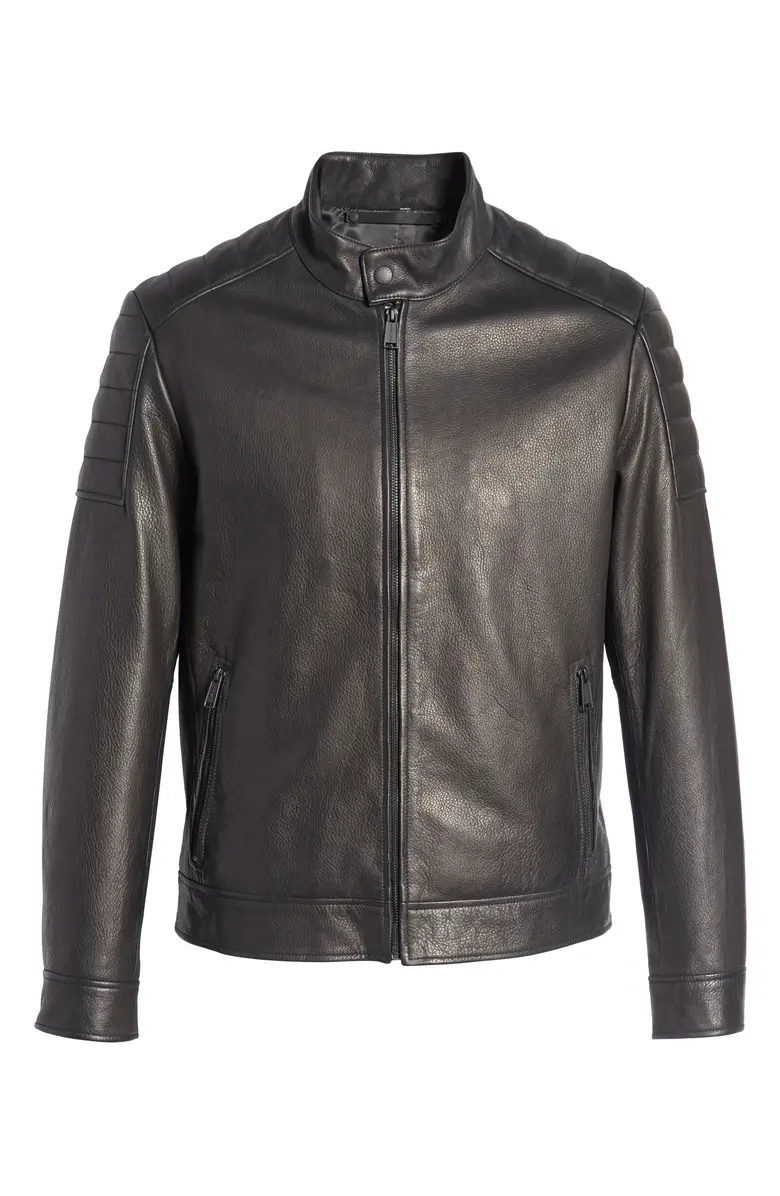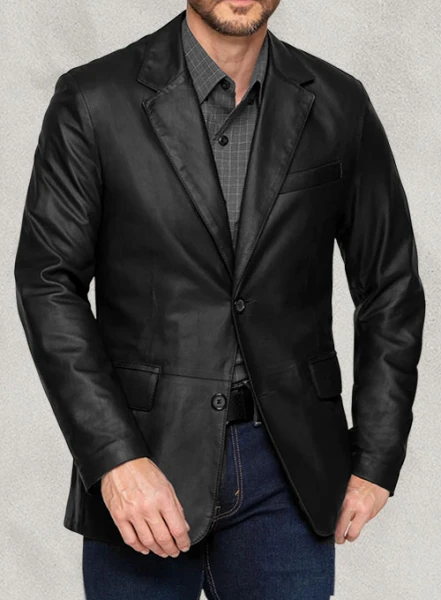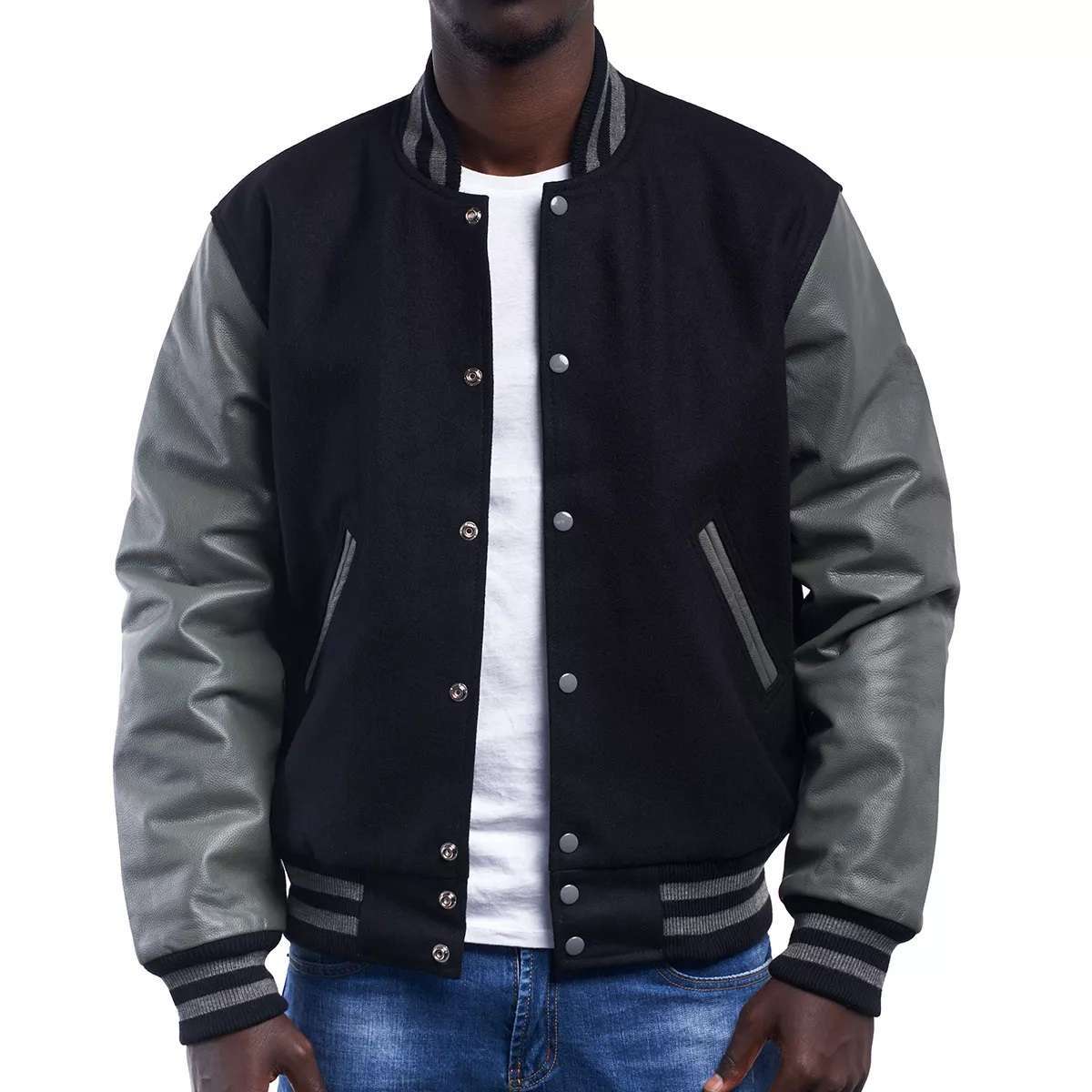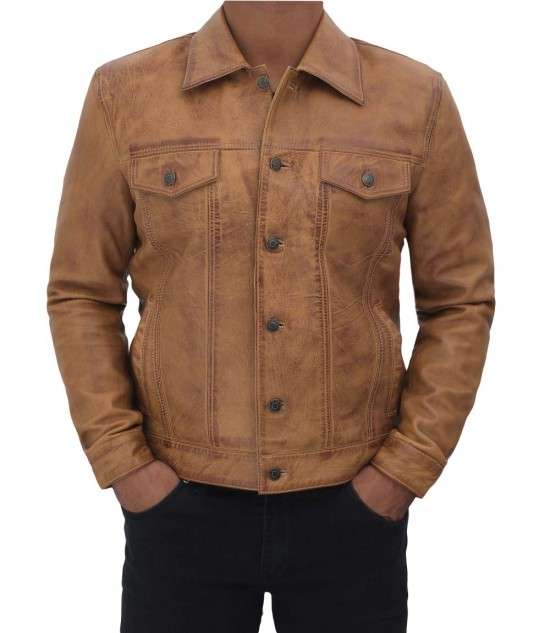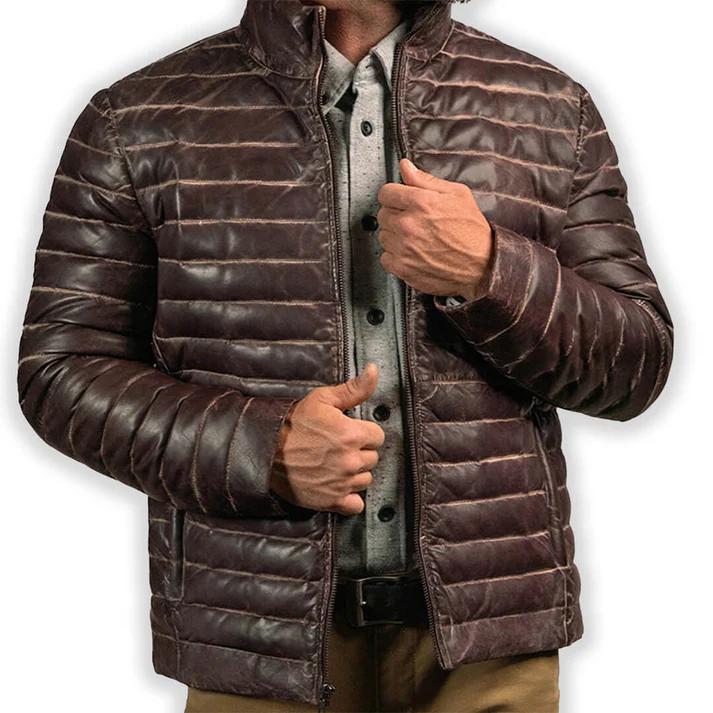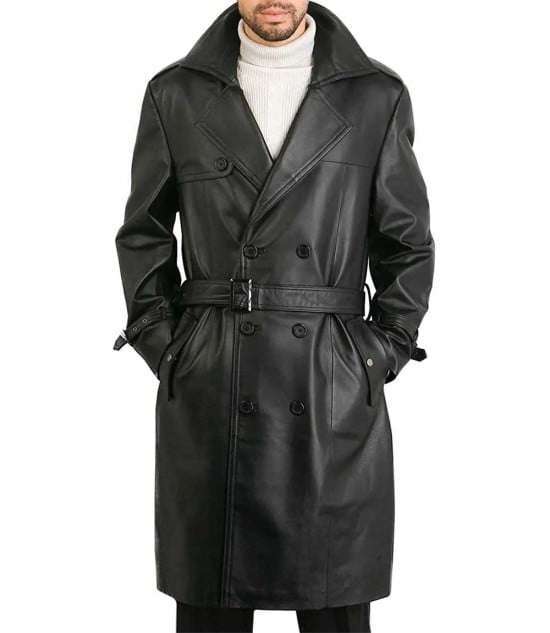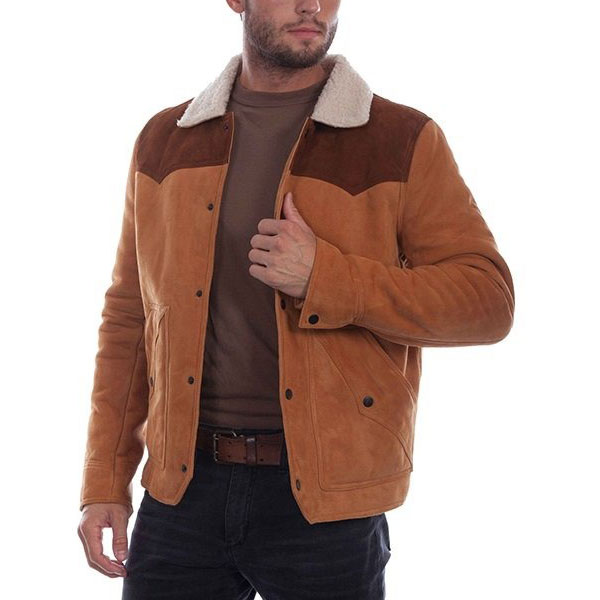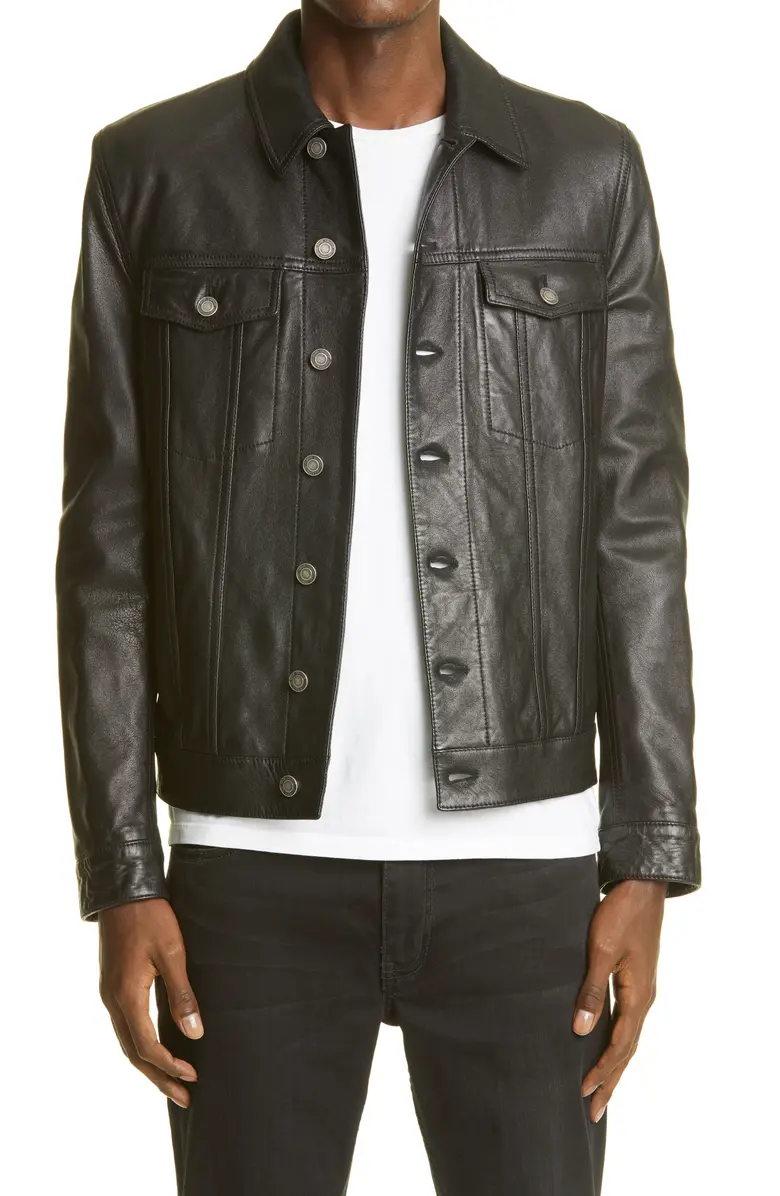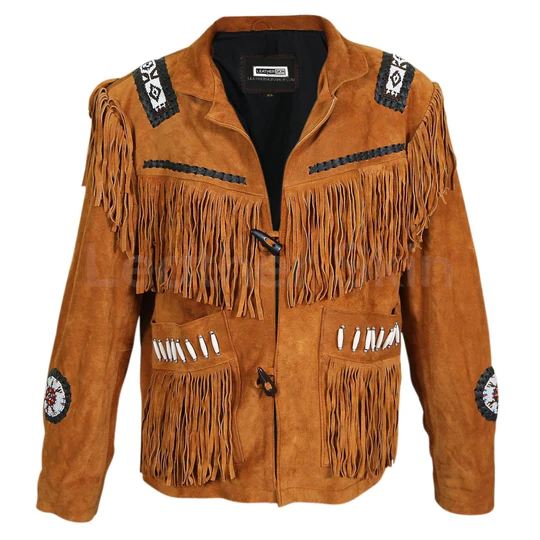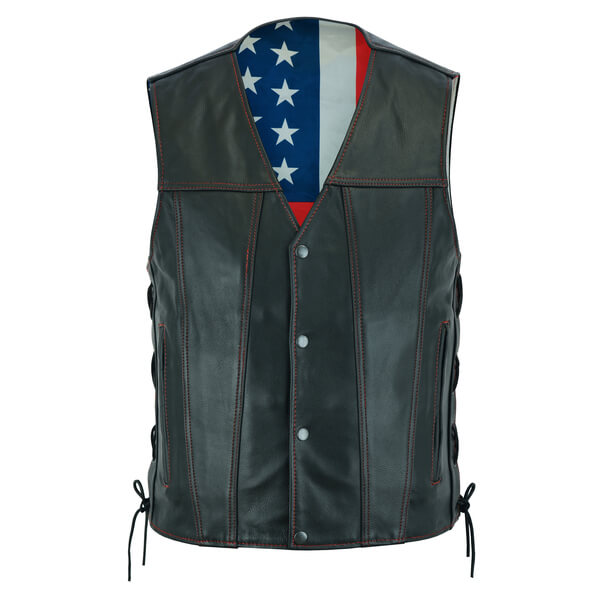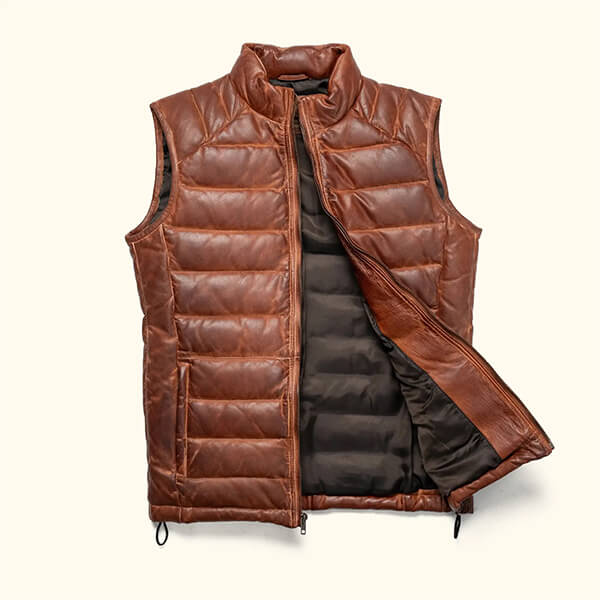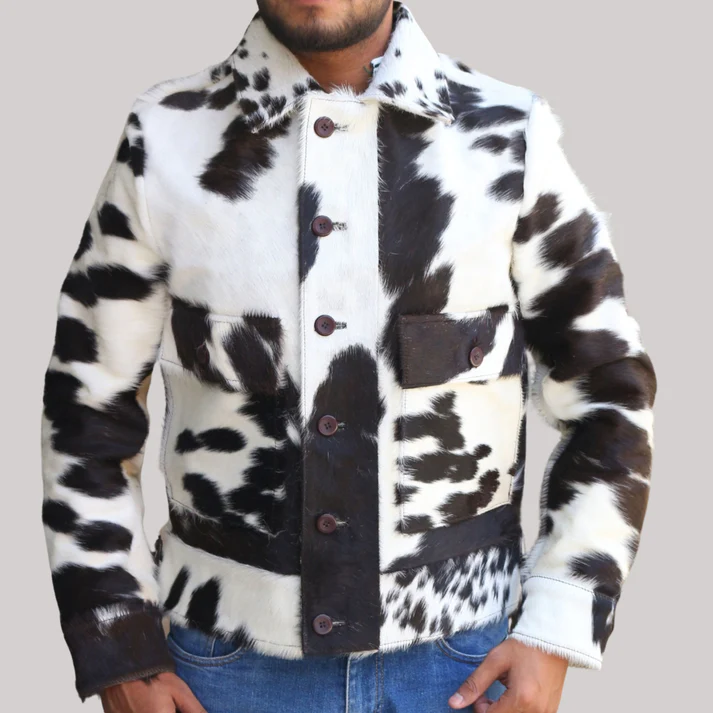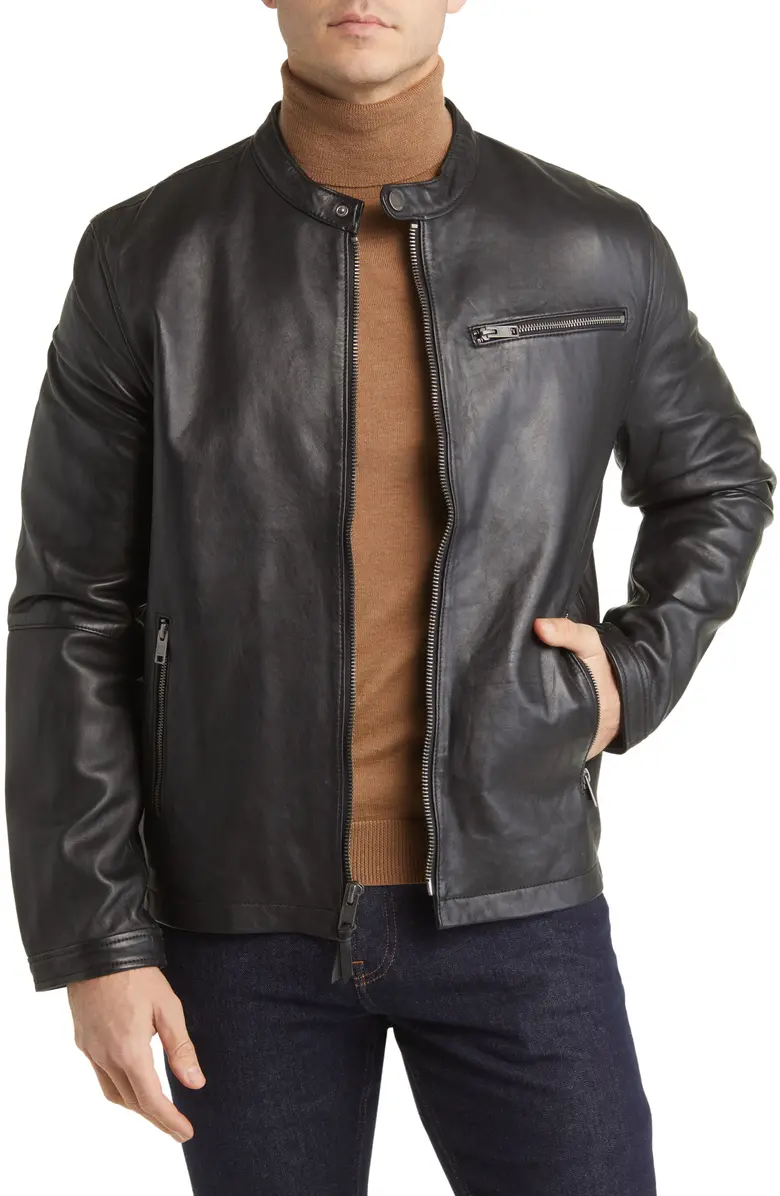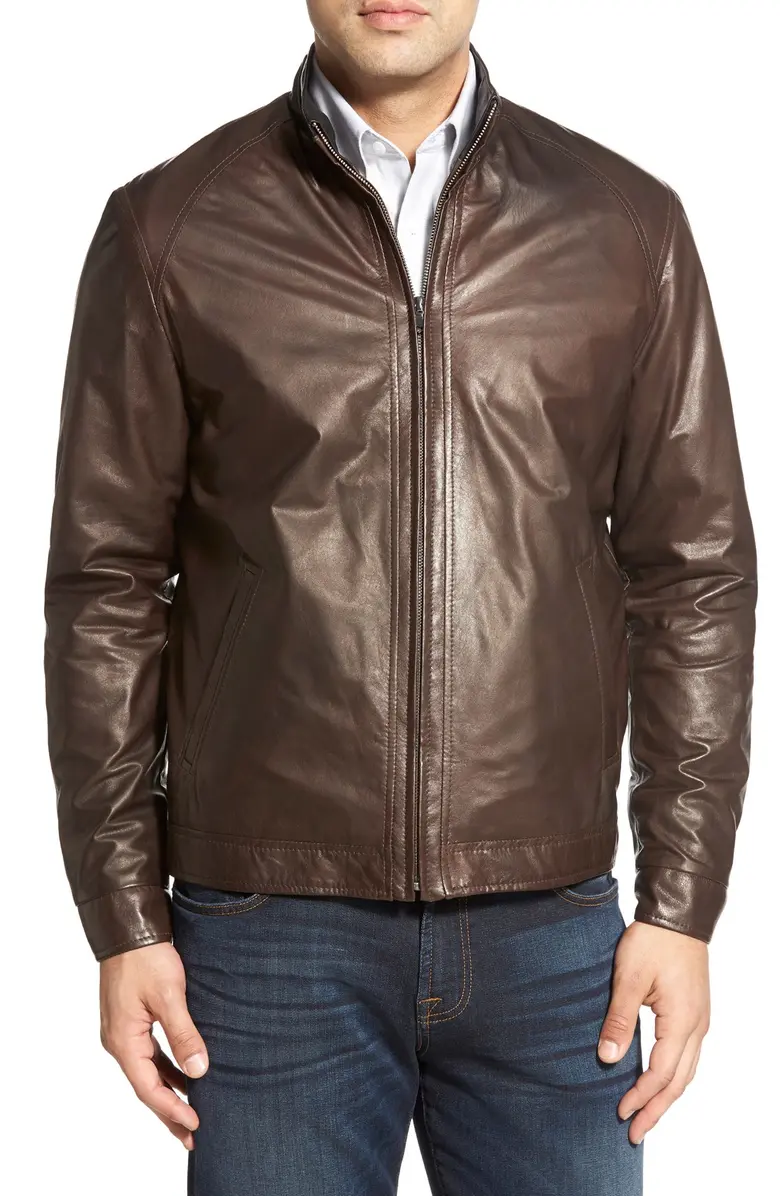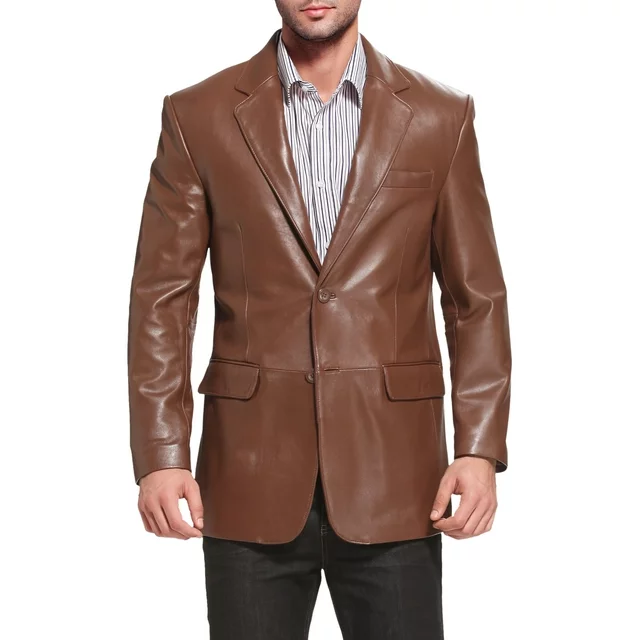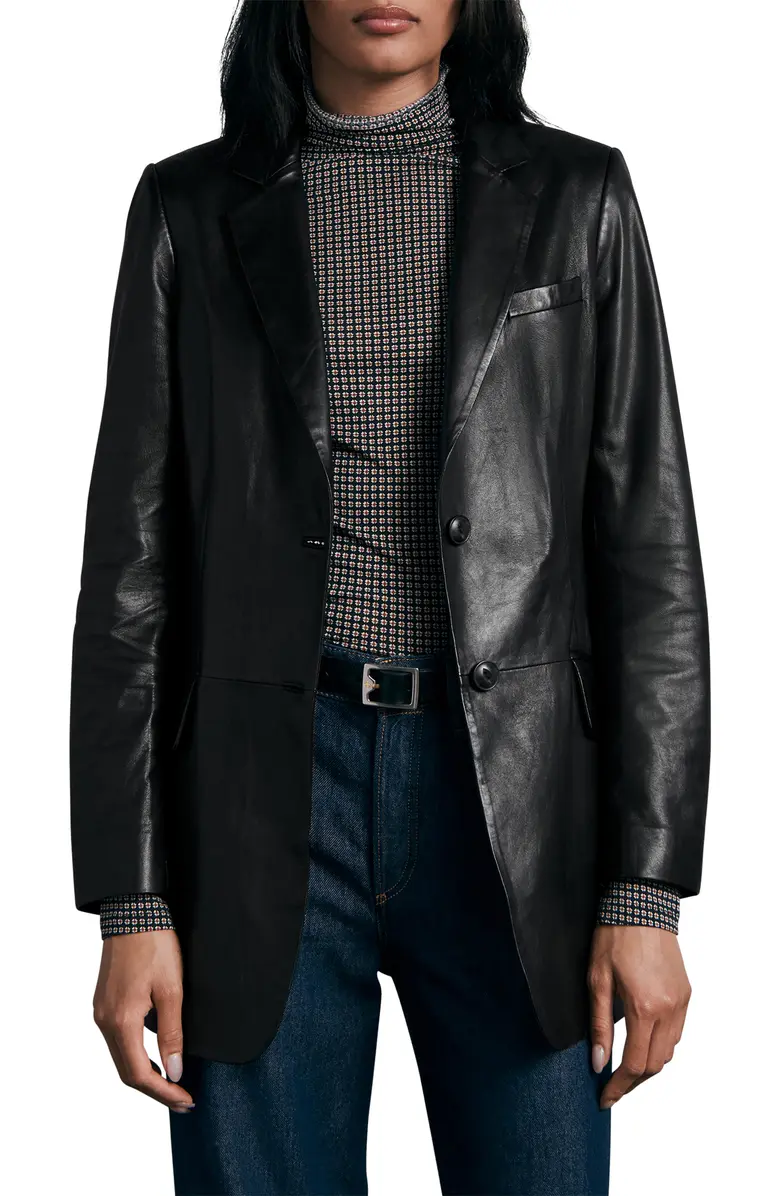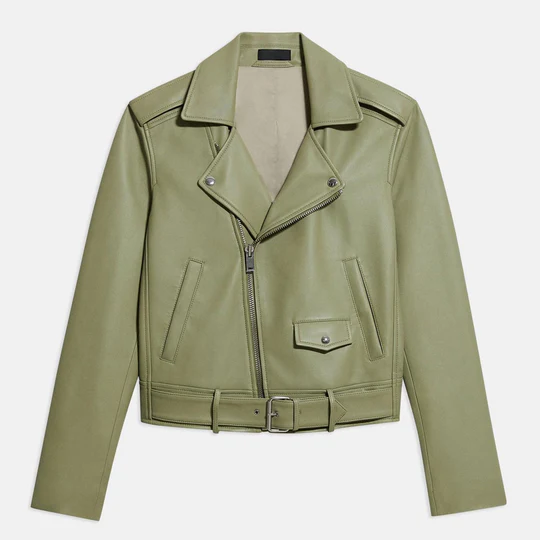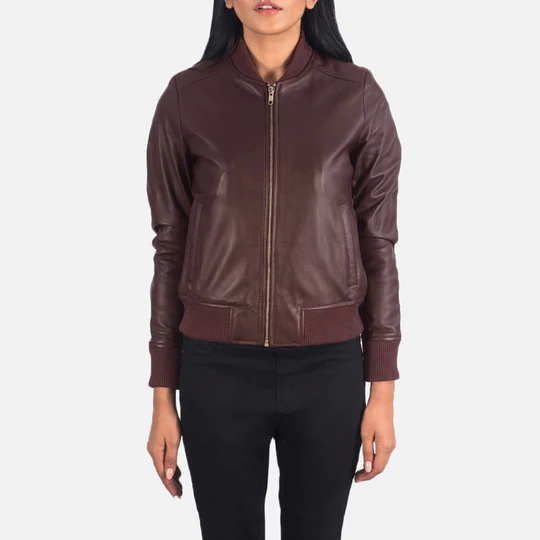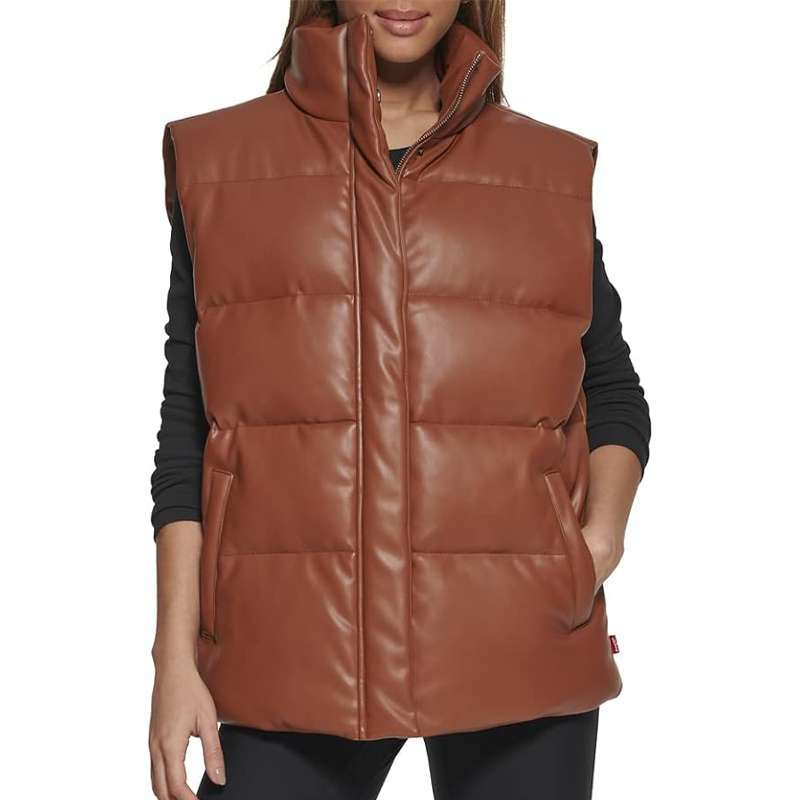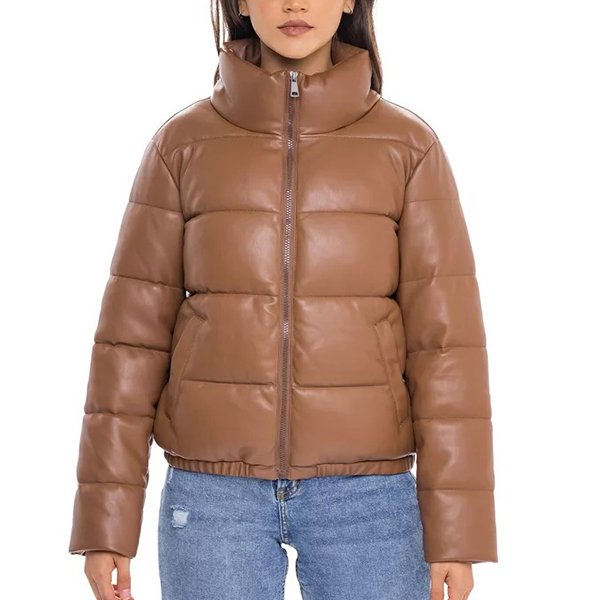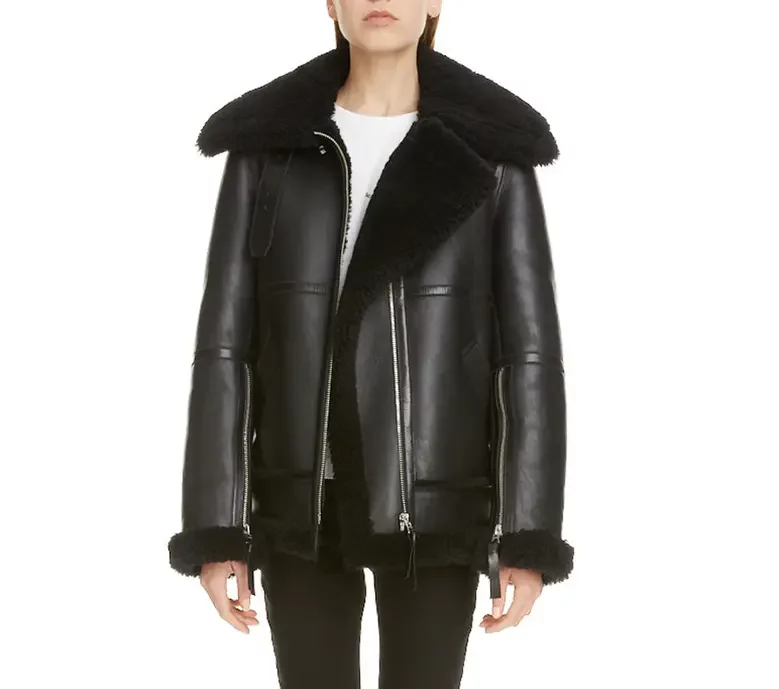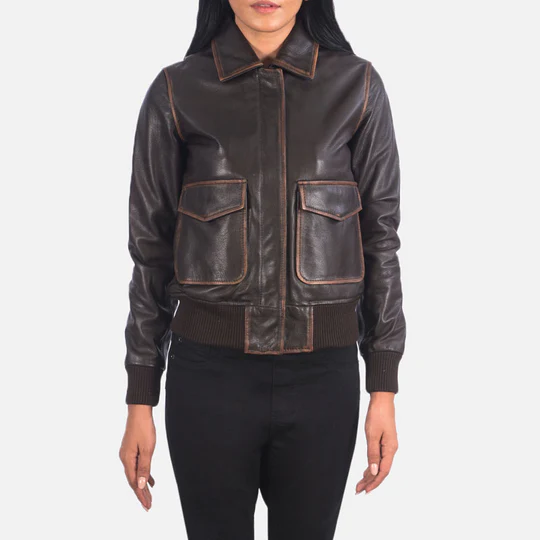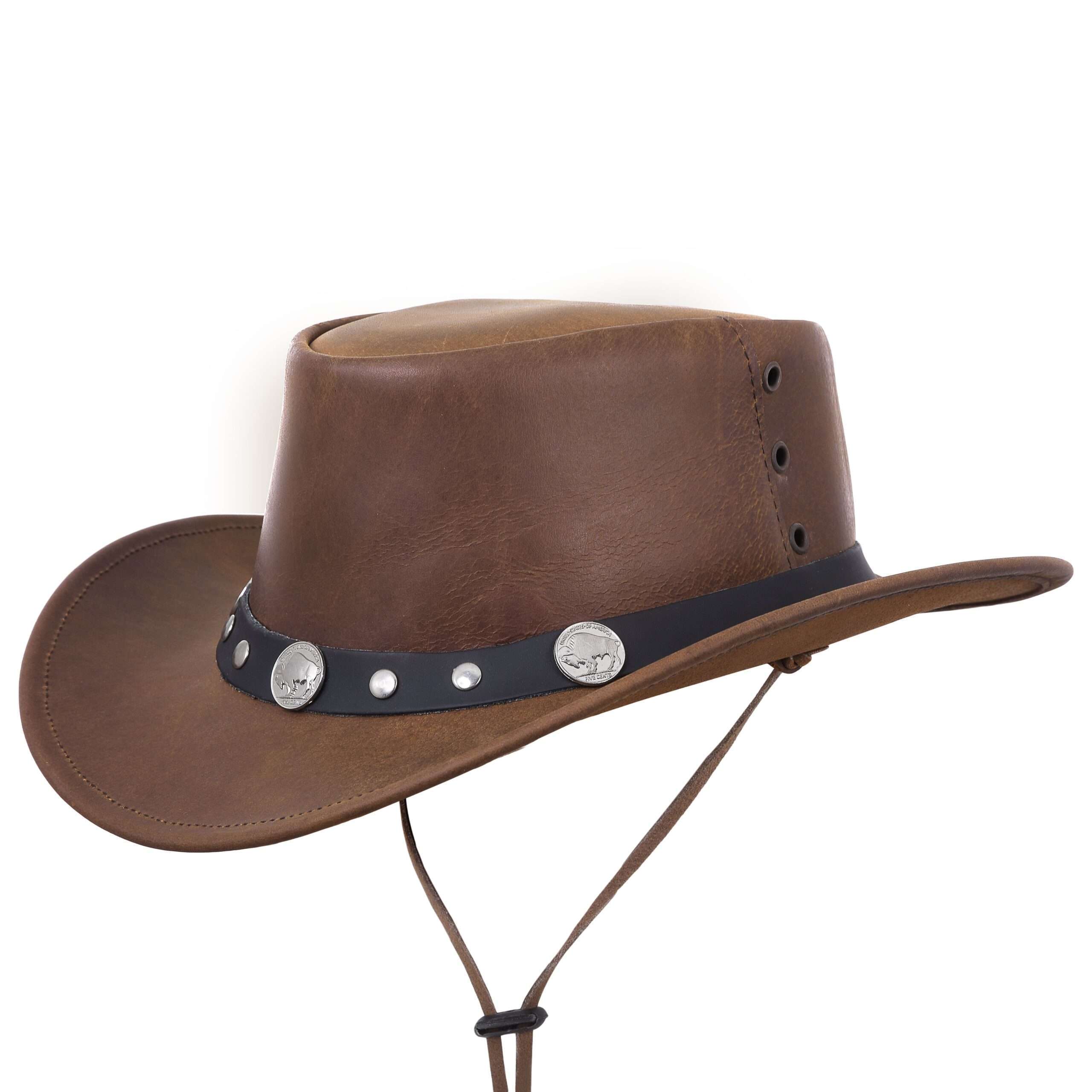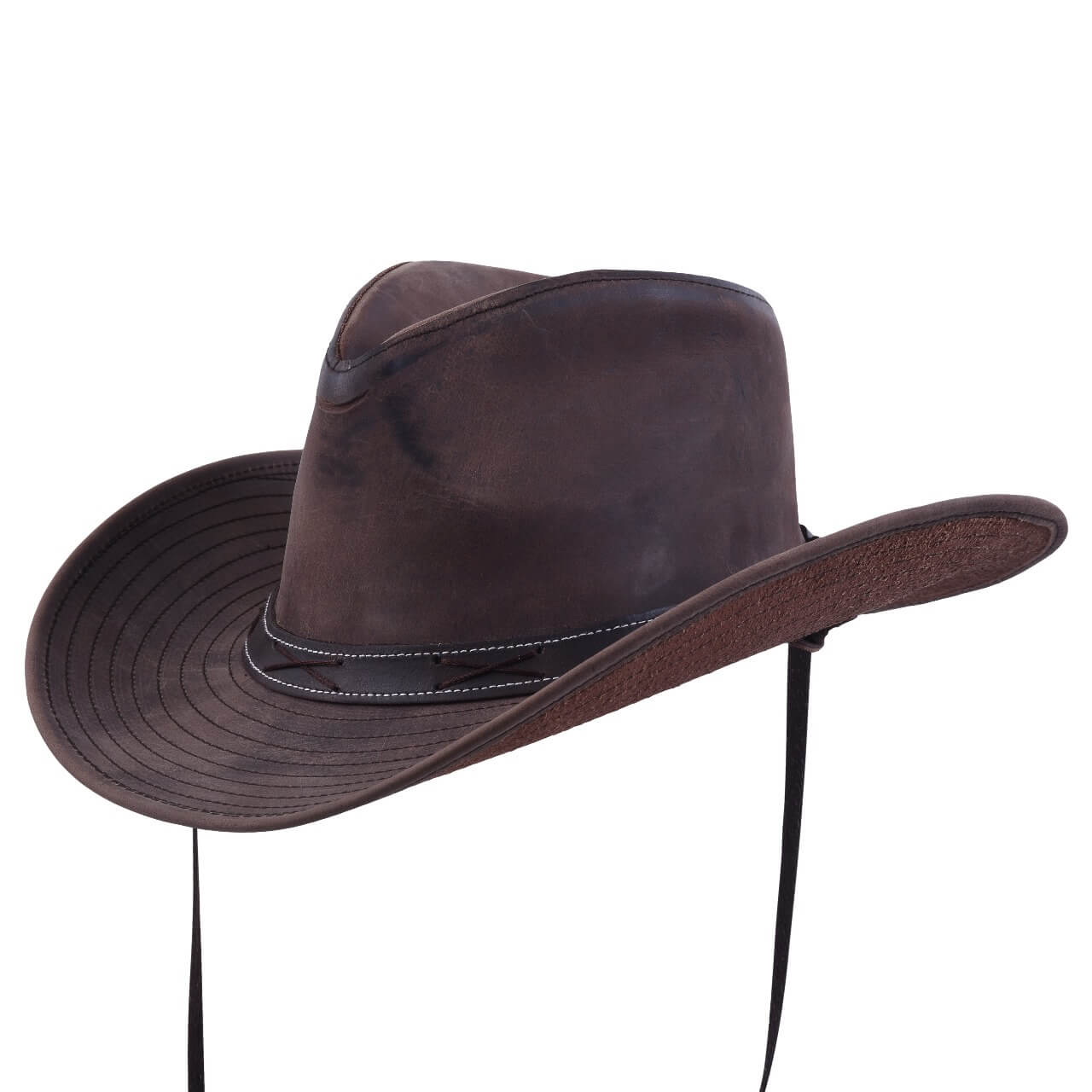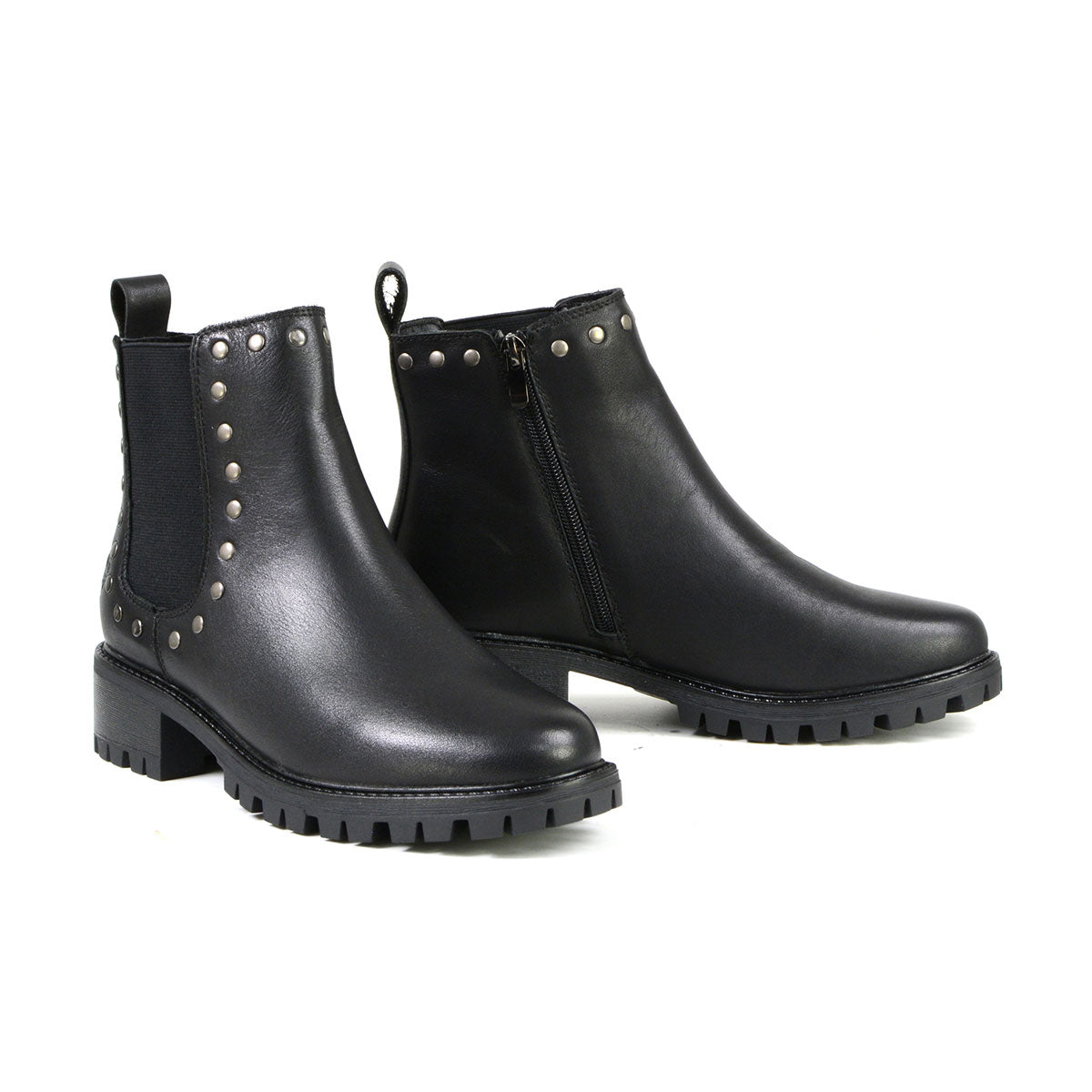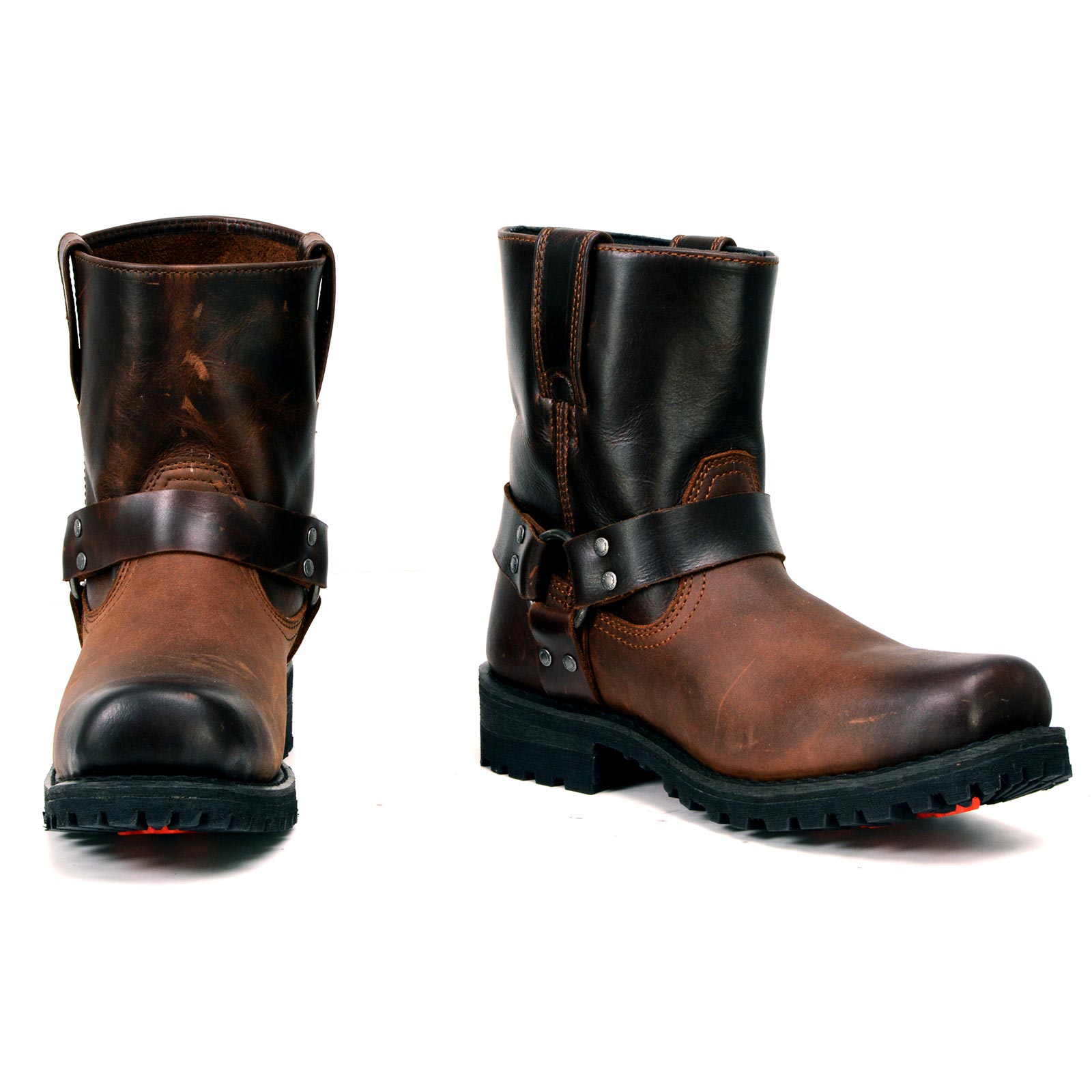The argument between shearling and Sherpa usually centers on how warm one stays in cold seasons. For their warmth, comfort, and visual appeal, these materials are much sought for. Still, knowing their variations and choosing which is warmer calls for more inspection of their features, advantages, and perfect uses. We will explore these two materials thoroughly in this all-inclusive guide so that you may decide with knowledge.
What is Shearling?
Shearling is a material derived from the hide of a sheep or lamb that has previously been sheared such that the wool remains connected to the leather. This naturally pairs plush wool on one side with leather on the other. Shearling is appreciated for its great warmth, rich texture, and durability.
- Shearling’s wool fibers form tiny air pockets that trap heat, so offering great insulation even in cold climates.
- Naturally wicking away sweat, the material keeps you dry and comfortable.
- Shearling lets air flow through it unlike synthetic textiles, so preventing overheating.
- Superior shearling is long-lasting and wear-and- tear resistant.
What is Sherpa Material?
Made from polyester or a mix of polyester and cotton, Sherpa is a synthetic cloth. Its look and feel are meant to be reminiscent of shearling wool. Often used as a lining in coats, blankets, and other cold-weather basics, Sherpa is lightweight, soft.
Principal Characteristics of Sherpa
- Sherpa offers good warmth and is appropriate for mild to moderately cold temperatures, albeit not as hefty as shearling.
- Sherpa is far more reasonably priced than real shearling.
- Easy Maintenance: The stuff calls for little maintenance and is machine washable.
- Sherpa appeals to everyone looking for vegan or cruelty-free choices.
Shearling vs. Sherpa: An in-depth analysis
Warmth
- Shearling is the better option for severe cold since its natural wool fibers and strong construction provide unmatched warmth.
- Sherpa is warm but lacks the same degree of insulation like shearling. Less severe winter climes are more suited for it.
Comfort
- Leather and wool taken together produce a silky, velvety texture that is gentle against the skin. Shearling
- Sherpa may lack the luxury comfort and natural feel of shearling but is equally warm, lightweight and cozy.
Resistance to change
- Shearling: Shearling is known for its durability and with proper care a shearling leather jacket can last the user for decades.
- Sherpa: Despite its toughness, sherpa’s synthetic composition causes it to pile easily over time.
Price
- Shearling: Shearling’s higher cost than Sherpa results from its superior quality and workmanship.
- Sherpa is an affordable substitute with a comparable look at a fraction of the price.
Environmental sustainability
Shearling is a naturally occurring substance that is biodegradable, hence, when obtained sensibly, it is an environmentally responsible choice.
Being synthetic, Sherpa adds to plastic waste and is less environmentally friendly.
When Should I Choose Shearling?
If your top priority is authentic: shearling is the perfect option.
- Perfect for hard winters or outdoor pursuits in below freezing conditions is maximum warmth.
- Ideal for people looking for a premium, long-lasting material, luxury and durability
- Natural Materials: One tastes real, environmentally beneficial goods.
- Shearling coats and jackets are fashionable, cozy, and robust popular choices for outerwear.
- Boots with shearling lines are really warm and comfortable.
- Perfect for keeping extremities warm are shearling gloves, caps, and mittens.
When to Select Sherpa
Sherpa is a great choice if you value:
- Affordability: A sensible option for basic cold-weather needs.
- Perfect for layering or dressing in moderate weather conditions is lightweight comfort.
- Perfect for anyone looking for low-maintenance warmth is easy maintenance.
- Often used Sherpa Linings: Often used as an inner in sherpa leather jacket, hoody, and blanket liner.
- Perfect for home loungewear and cozy sweaters is casual wear.
- Decor: Softly, warmly accents rugs, cushions, and throws.
In essence, is Shearling Warmer than Sherpa?
Shearling turns out to be the warmer choice in the struggle against Sherpa. Extreme cold conditions call for its natural wool composition, great insulating quality, and breathability. For people in colder climates sherpa provides a sensible and reasonably priced substitute. On the other hand, it is an equally good option for people in warmer climes or with financial restrictions.
Understanding the special qualities of every material helps you to choose the one that fits your tastes and requirements. Both shearling’s opulent warmth and Sherpa’s lightweight coziness have value in winter fashion and useful design regardless of your choice.
FAQs: Shearling vs. Sherpa
1. What is the main difference between shearling and Sherpa?
Shearling is a natural material made from the hide and wool of a sheep or lamb, whereas Sherpa is a synthetic fabric made from polyester or a blend of polyester and cotton. Shearling offers superior warmth and durability, while Sherpa is lightweight, affordable, and vegan-friendly.
2. Which material is warmer, shearling or Sherpa?
Shearling is warmer due to its dense wool fibers and natural insulation properties. Sherpa provides decent warmth but is better suited for milder climates.
3. Is shearling worth the higher cost?
Yes, if you are looking for long-lasting warmth, luxury, and natural materials. Shearling’s durability and premium feel justify the higher price for many buyers. However, Sherpa is a great alternative for those on a budget.
4. Is Sherpa vegan-friendly?
Yes, Sherpa is made from synthetic materials and is completely cruelty-free, making it a popular choice for those seeking vegan or eco-conscious options.
5. How do I care for shearling?
Shearling requires careful maintenance, including:
- Spot cleaning with a damp cloth.
- Using a suede brush to remove dirt.
- Avoiding prolonged exposure to moisture or direct sunlight.
Professional cleaning is recommended for deep cleaning.
6. Can I wash Sherpa in a washing machine?
Yes, Sherpa is low-maintenance and can usually be machine-washed on a gentle cycle. Use mild detergent and avoid high heat to prevent damage or pilling.
7. Is shearling sustainable?
Shearling is biodegradable and sustainable when sourced responsibly. However, its production requires animal hides, which may not align with all ethical preferences.
8. Which material is better for extreme cold?
Shearling is better for extreme cold due to its superior insulation and ability to trap heat. Sherpa is more suitable for moderate winters or layering.
9. What are some common uses for shearling and Sherpa?
- Shearling: Aviator Jackets, shearling long coats, boots, gloves, and leather hats.
- Sherpa: Linings for jackets, blankets, casual wear, and home décor.
10. Can shearling and Sherpa be used together?
Yes, some products combine both materials to offer a balance of warmth and affordability. For instance, a jacket may have a shearling exterior with a Sherpa lining.
